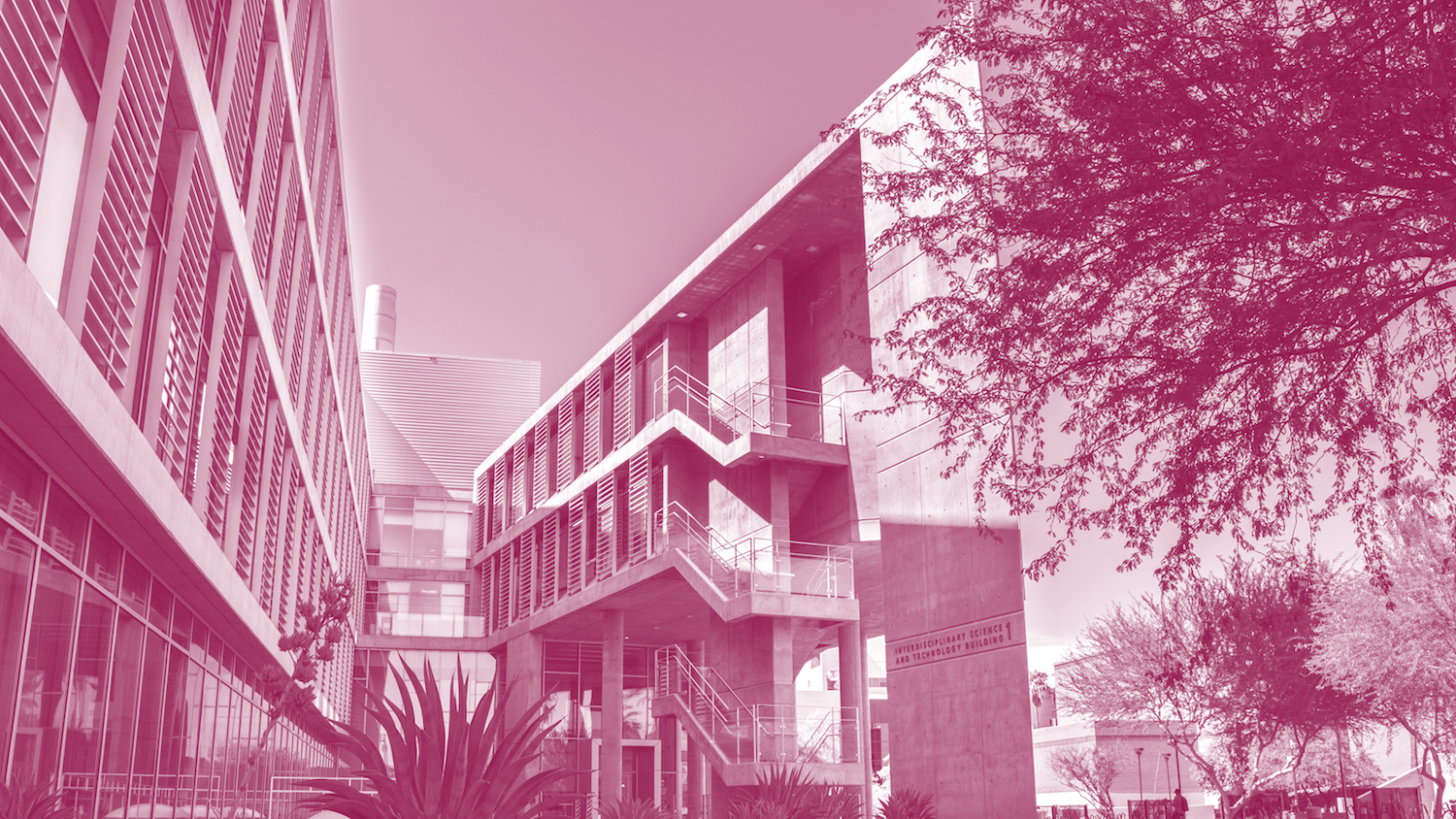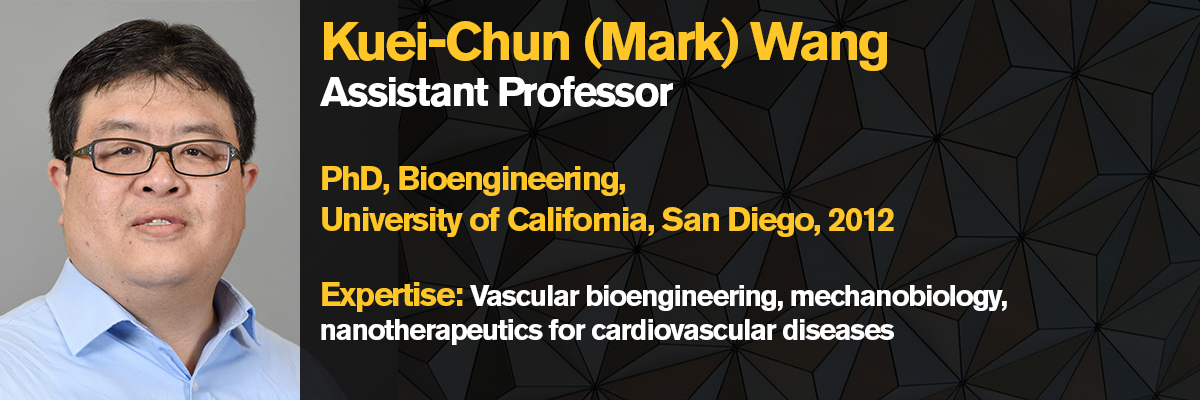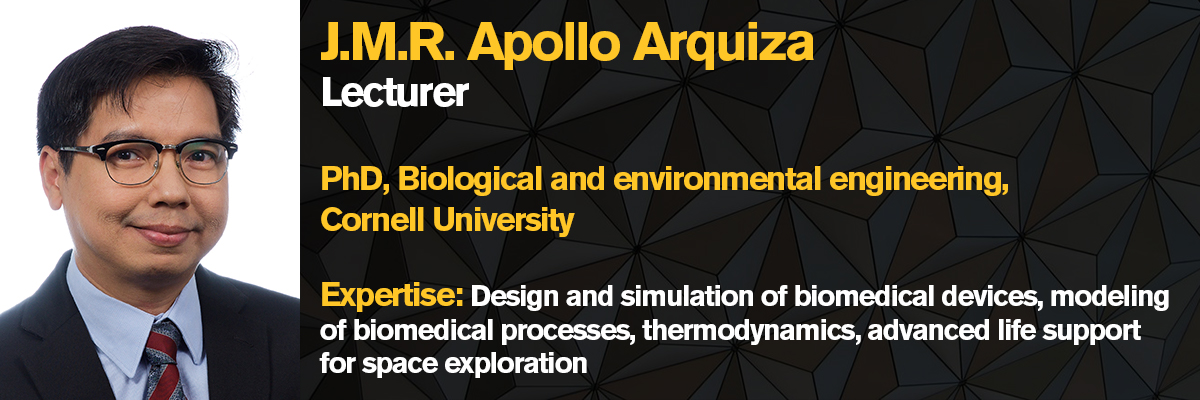
The School of Biological and Health Systems Engineering welcomes its new faculty members


Ben Bartelle - Assistant Professor
“Be prepared to cross disciplines and get creative.”
This is Ben Bartelle’s teaching philosophy and the story of his career so far.
When Bartelle joins the Fulton Schools’ new group of magnetic resonance imaging faculty in January, he’ll have the opportunity to shape an emerging multidisciplinary field.
Bartelle’s focus will be on building new molecular tools for functional imaging with MRI, called molecular fMRI. He’ll be connecting multiple specialties to make that happen: understanding magnetic resonance mechanisms that produce signal and contrast, the neurobiology being studied and the synthetic biology methods needed to build the tech and get it working in a living organism.
Bartelle didn’t start out knowing he wanted to conduct MRI research. After a few career changes in biology-related sciences and arts, he joined a biotech startup, Sentigen, where he was introduced to synthetic neurobiology.
“I realized that almost all biotech research is based on assays in a dish. As sophisticated as we have gotten with tissue culture, at some point we are going to run out of questions you can answer that way,” Bartelle says. “To understand the most complex human diseases, we have to look at molecular processes inside an actual person.”
That realization was the impetus for him to pursue a doctorate in molecular biophysics. As a relatively new field of research, it was difficult for Bartelle to find funding and journals relevant to his MRI work. But after his Massachusetts Institute of Technology research team earned a perfect score on a National Institutes of Health BRAIN Initiative grant in 2016, he’s hopeful. He believes the bioengineering research community is beginning to understand the importance of molecular technologies for MRI, and that joining the growing community of MRI faculty at ASU will lead to real breakthroughs in improving human health.
Teaching courses on molecular imaging, biophysics and synthetic biology will also help him distill and formalize the concepts of the field and to foster the next generation of molecular fMRI engineers.
Over the next semester, Bartelle will be focusing his research on neuroinflammation sensors, studying the role of neuroinflammatory signals in neurodegenerative disorders.
“We have some prototype technologies that detect one of the most common inflammatory signaling molecules, nitric oxide,” Bartelle says, who will continue his work at MIT until joining the ASU faculty in spring 2020. “I’m getting the proof of concept work done here at MIT with my collaborators and adding more tools to my molecular fMRI ‘Pokédex.’ ”
Bartelle not only studies the underlying science of the body and mind, he also trains his own body and mind through the arts.
“Dance is my exercise and therapy, but it’s also a means to intuitively explore neuroscience and biology,” Bartelle says. “In its own way, movement is as much a part of my process as going to the lab.”
He strongly encourages students to explore the arts as part of a valuable education that helps you understand yourself and “become the most empowered version of yourself.”

Scott Beeman - Assistant Professor
Scott Beeman has a long history with Arizona State University, dating back to the 1960s when his grandfather joined the civil engineering faculty.
“The university has always been important to me,” Beeman says, “and I have always wanted to return to ASU to help build a world-class biomedical imaging program.”
He chose to study bioengineering at ASU as a student because it allowed him to pursue his passion for the physical and applied sciences as well as do good in the world by advancing medicine.
Now returning to ASU after graduating with his doctorate in 2012, Beeman brings 16 years of expertise in magnetic resonance imaging to the faculty of the School of Biological and Health Systems Engineering, one of the six Ira A. Fulton Schools of Engineering.
“I love using imaging to quite literally see how diseases develop and progress,” Beeman says. “MRI can reveal things about health and disease that no other research methods can.”
Beeman’s current research is focused on studying how people develop type 2 diabetes. As he returns to ASU, he is particularly interested in exploring metabolic imaging using deuterium MRI. Deuterium is a stable isotope of hydrogen that can be used to watch cells take in glucose and turn it into lactate, for example.
“The concept is that one can replace hydrogen atoms with MRI-detectable deuterium atoms on metabolites like glucose,” Beeman says. “By doing so, one could potentially see where the labeled metabolites go and what the cells do with them.”
This method presents a major step forward in studying and diagnosing diseases such as cancer and type 2 diabetes.
One of Beeman’s career highlights to date is receiving a National Institutes of Health K01 career development award in 2016 as a postdoctoral researcher. He says the award launched his career as an independent investigator of diabetes-related imaging research and allowed him to study with the world’s leading metabolism, diabetes, magnetic resonance and biophysics experts. Now Beeman is bringing that wealth of knowledge and experience to ASU.

Kuei-Chun (Mark) Wang - Assistant Professor
Kuei-Chun (Mark) Wang had several options on where to start his faculty career. He chose Arizona State University because of the resources it offers for research and the opportunities to collaborate with a multidisciplinary faculty and institutions to enhance cardiovascular disease treatment.
“Cardiovascular disease is the leading cause of death in the world, hence there is a great need to improve diagnostic and therapeutic approaches,” Wang says. “It is my goal to enhance our understanding of cardiovascular disease and apply innovative methods to accelerate the translation of discoveries into more effective therapies.”
Wang first became interested in bioengineering while studying chemical engineering as an undergraduate in Taiwan, and decided to pursue a doctoral degree abroad.
As a graduate student at the University of California, San Diego, he studied under Shu Chien, a leading scientist and bioengineer who introduced Wang to the fields of mechanobiology and cardiovascular bioengineering.
Wang’s research focused on how biophysical factors in arteries, such as the dynamics of blood flow, regulate vascular functions in health and disease. He also developed nanomedicines to prevent the progression of cardiovascular disease.
He is motivated to conduct that research by a desire to develop more effective therapeutic approaches to improve the lives of people with cardiovascular disease.
At ASU, Wang says he is excited to continue his research on applying nanotechnology to treat atherosclerosis, the most common cause of heart disease, and evaluating the efficacy of nanomedicine treatments in rodent models of atherosclerosis.
“It is an important step for us to prove that the nanomedicine approach is safe in vivo [in living models] and effective in treating atherosclerosis,” Wang says.
The research findings will help build a set of preliminary data he can use to pursue National Institutes of Health funding to explore the possibilities of this treatment method further.
Wang earned a scientist development grant from the American Heart Association in 2016, and brings with him an NIH K99/R00 Pathway-to-Independence Award to help support his research through 2021.
Besides research, Wang is passionate about teaching. He’ll be instructing courses and supervising lab work related to cellular and molecular bioengineering and physiology. Students will learn the fundamentals and principles needed to quantitatively analyze the physicochemical processes that govern cells and organ system functions.
Outside of engineering, Wang can be found hiking, cooking or watching a baseball game at the ballpark on weekends.

J.M.R. Apollo Arquiza - Lecturer
While earning his doctorate, J.M.R. Apollo Arquiza researched the effect of astronaut-generated garbage on health, water recovery and microbial stabilization for life support in space exploration. His research interests have also included the growth kinetics of species growing in microbial communities in waste.
As a lecturer at ASU, Arquiza teaches a variety of biomedical engineering topics, including transport phenomena, thermodynamics, microcomputer applications, and signals and systems for bioengineers as well as a biomedical instrumentations lab class.
Learn more about the newest faculty in the Ira A. Fulton Schools of Engineering:
School of Computing, Informatics and Decision Systems Engineering
School of Electrical, Computer and Energy Engineering
School for Engineering of Matter, Transport and Energy
School of Sustainable Engineering and the Built Environment
The Polytechnic School
Academic and Student Affairs



































